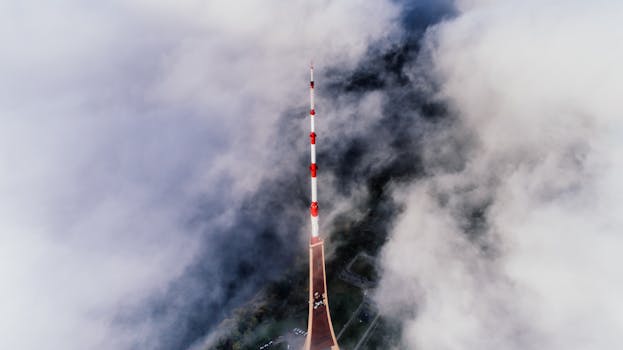GEO Satellites: Understanding the Technology and Applications of Geostationary Earth Orbit Satellites

GEO Satellites: Understanding the Technology and Applications of Geostationary Earth Orbit Satellites
GEO satellites, or geostationary earth orbit satellites, are a type of satellite that orbits the earth at an altitude of approximately 36,000 kilometers, allowing them to remain stationary in the sky. This unique characteristic makes GEO satellites ideal for a variety of applications, including telecommunications, earth observation, and weather forecasting. In this article, we will delve into the technology and applications of GEO satellites, exploring their history, design, and impact on modern society.
History of GEO Satellites
The concept of GEO satellites was first proposed by scientist Arthur C. Clarke in 1945, who suggested that a satellite in geostationary orbit could be used to relay communications signals across the globe. The first GEO satellite, Syncom 2, was launched in 1963, and was used to test the feasibility of geostationary orbit for communications purposes. Since then, thousands of GEO satellites have been launched, providing a wide range of services including television broadcasting, telecommunications, and earth observation.
Design and Technology of GEO Satellites
GEO satellites are designed to operate in the harsh environment of space, where they are exposed to extreme temperatures, radiation, and other forms of interference. To mitigate these effects, GEO satellites are typically equipped with advanced shielding, cooling systems, and radiation-hardened electronics. They are also designed to be highly reliable, with some satellites operating for 15 years or more in orbit. The design of a GEO satellite typically includes a payload, which consists of the instruments and antennas used to collect and transmit data, as well as a bus, which provides the power, propulsion, and communication systems needed to operate the satellite.
Applications of GEO Satellites
GEO satellites have a wide range of applications, including telecommunications, earth observation, and weather forecasting. Telecommunications satellites use GEO orbit to provide services such as television broadcasting, internet connectivity, and mobile phone networks. Earth observation satellites use GEO orbit to collect data on the earth’s climate, weather patterns, and natural resources. Weather forecasting satellites use GEO orbit to provide early warnings of severe weather events, such as hurricanes and typhoons.
Impact of GEO Satellites on Modern Society
GEO satellites have had a profound impact on modern society, providing a wide range of services that have revolutionized the way we communicate, navigate, and understand the world around us. Telecommunications satellites have enabled global communication, connecting people and businesses across the globe. Earth observation satellites have provided valuable insights into the earth’s climate and natural resources, helping us to better manage our planet. Weather forecasting satellites have saved countless lives by providing early warnings of severe weather events.



